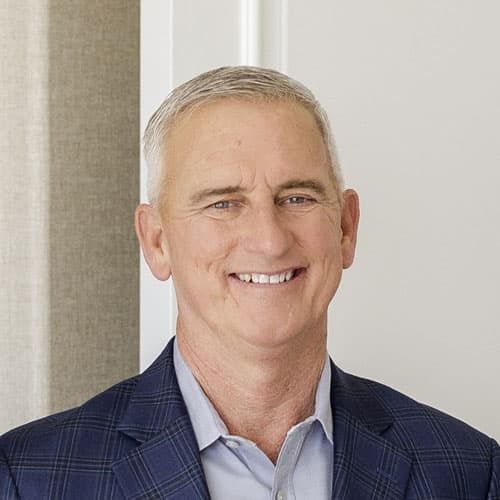Mortgage rates are going to be sticky. A good solution for buyers is to do a 2/1 buydown on their rate today. They get the benefit of lower-than-market rates for the next year or two while waiting to refinance once rates drop - and if they don't drop, at least you get...
Mortgage Qualifying
40-Year Mortgage Vs. Buydowns
We are going to hear more about making home ownership more affordable. An op-ed: https://www.cnbc.com/2024/08/20/op-ed-the-case-for-a-40-year-mortgage.html An excerpt: Homeownership has long symbolized the American Dream, embodying stability, wealth creation, and...
New Fannie/Freddie Loan Limits
In 2024, you will be able to buy a million-dollar home in San Diego County with 3% down. Thank you taxpayers! What will it take to qualify for a $1,006,250 loan? The P&I payment at 7% is $6,695, and by the time you add PMI, property taxes, insurance, and HOA, the...
Rate Buydowns
People might think that 8% mortgage rates will kill the real estate market, but they are one more thing that can be fixed with money. Two popular strategies to lower the mortgage rate: 30-year fixed rate buydown: Paying one point, or 1% of the loan amount will lower...
More Housing Support
The White House issued a press release today that outlines more money to bolster prop up the FHA loans: For millions of Americans homeownership is a foundation for so many parts of their lives, and for many it is also their primary source of wealth. The Biden-Harris...
Loan Level Price Adjustments
Hat tip to the readers who sent in this article found in the tabloid newspaper NY Post. It mentions the Fannie/Freddie fee increase for those with higher credit scores, and fee discount for those with lower credit scores. All the revised policy does is reduce the gap...
Dream For Some
People thought that this program's $300 million would last a few months. How about two weeks! I doubt the homebuyers all found homes already. Doesn't it have to be that the $300 million in loan preapprovals all happened quickly, and now those buyers are searching for...
Rate Buydowns
This is how close we are to a market resurgence. If sellers would pay down 4% to 6% of the loan amount to lower the buyer's mortgage rate by another 1% to 1.5% and get it into the 4s, we'd be looking good for springtime. From JB: In early December, 75% of nationally...
Been Here Before
Thanks to JBREC for the chart, and article! https://www.realestateconsulting.com/speedy-escape-from-housing-market-slump-unlikely/ An excerpt: In the mid-1990s when 30-year fixed mortgage rates climbed over 9%, ARM usage jumped to 35% of all mortgages. In 1999-2000 as...
Trigger Lead
From a buyer who recently applied for a mortgage: Buyer: I've had about 40 calls since 7am this morning for mortgages. I didn't take any of them and most of them are leaving VMs and texts saying they got notified by Experian that my credit was pulled for mortgage...



